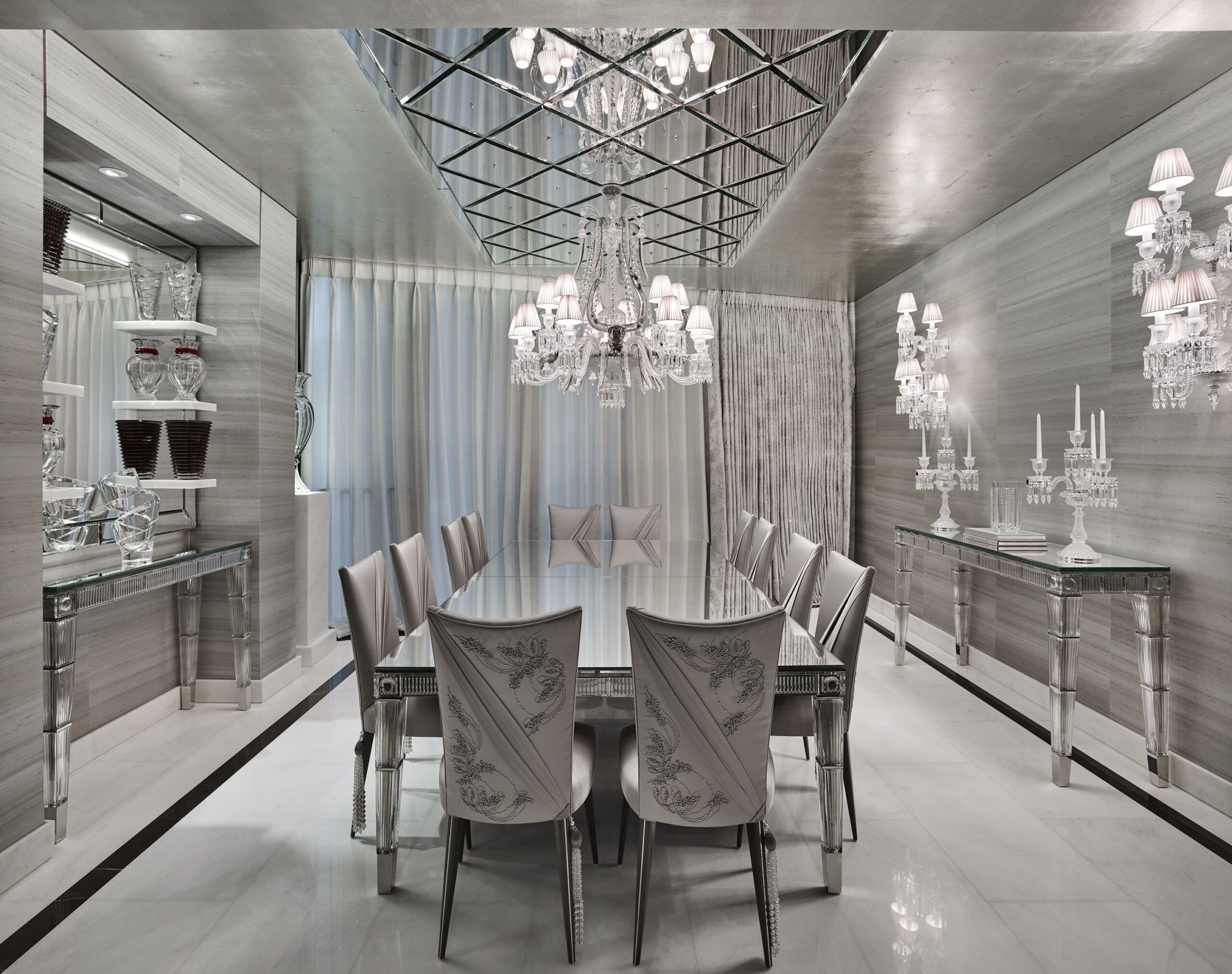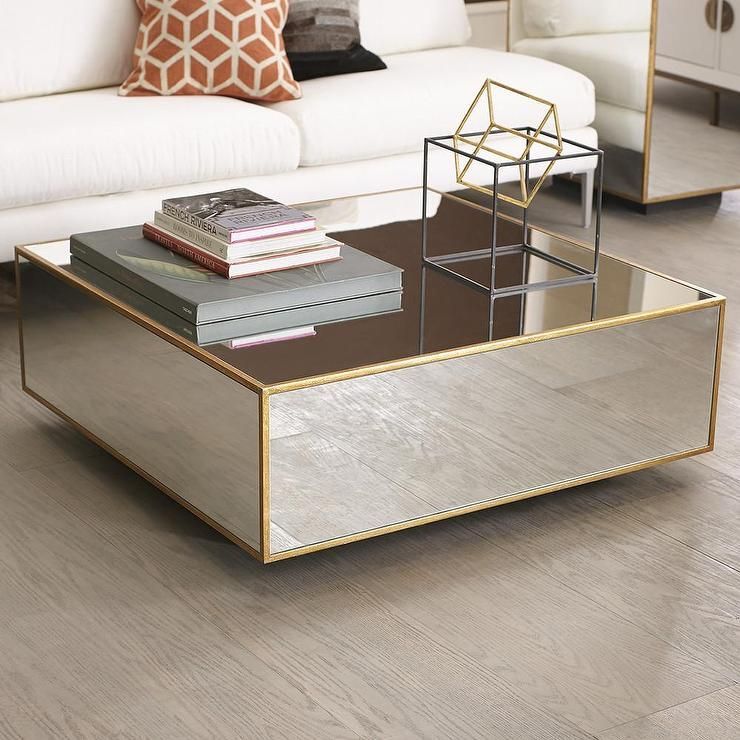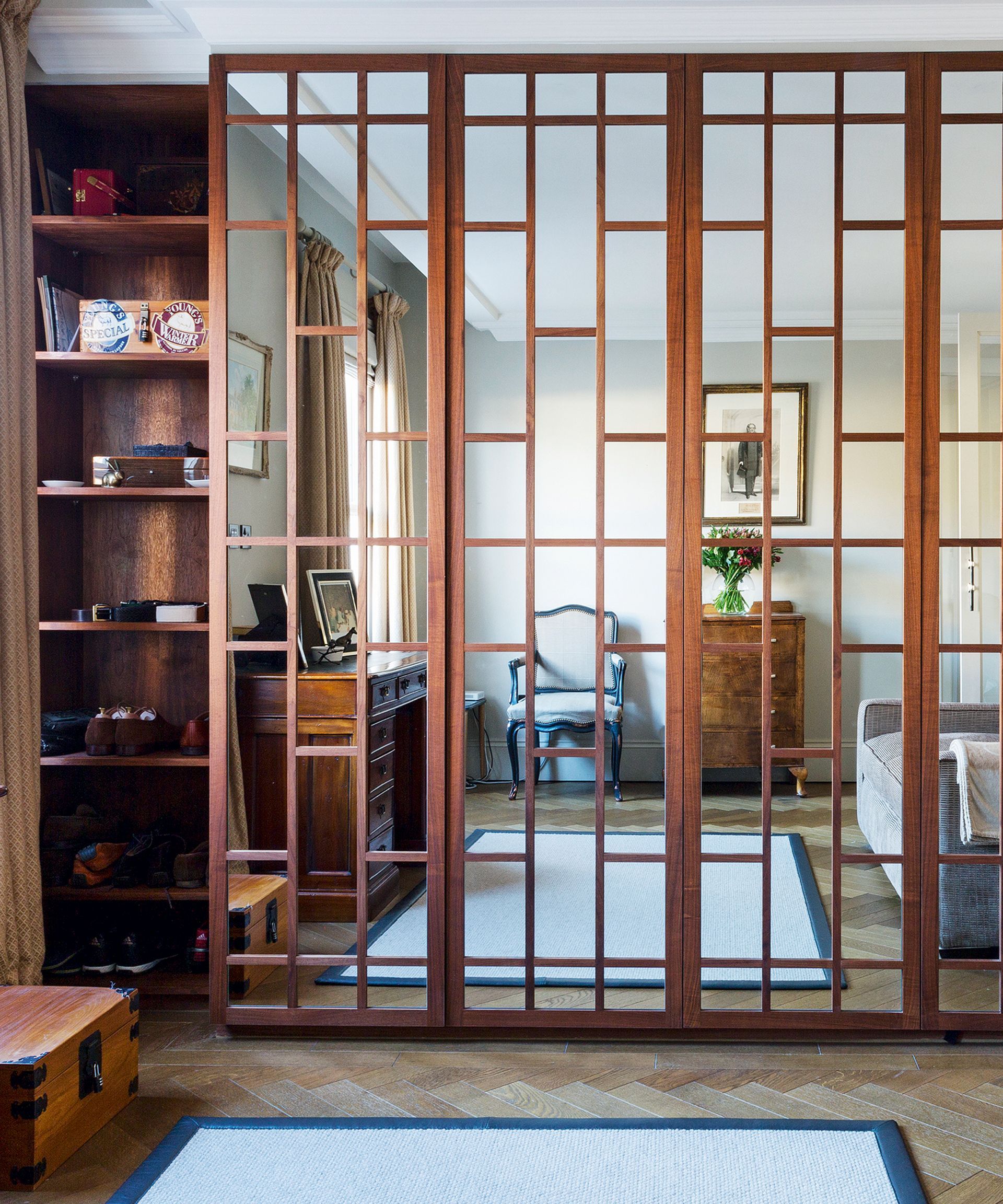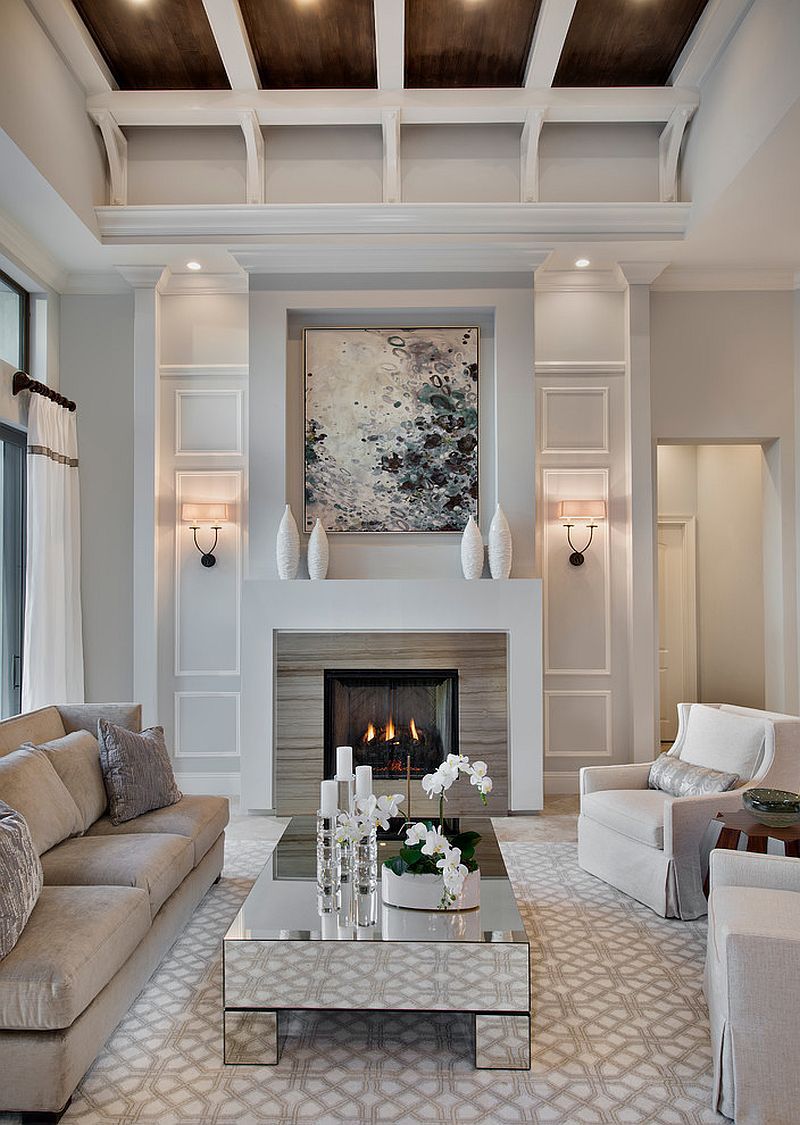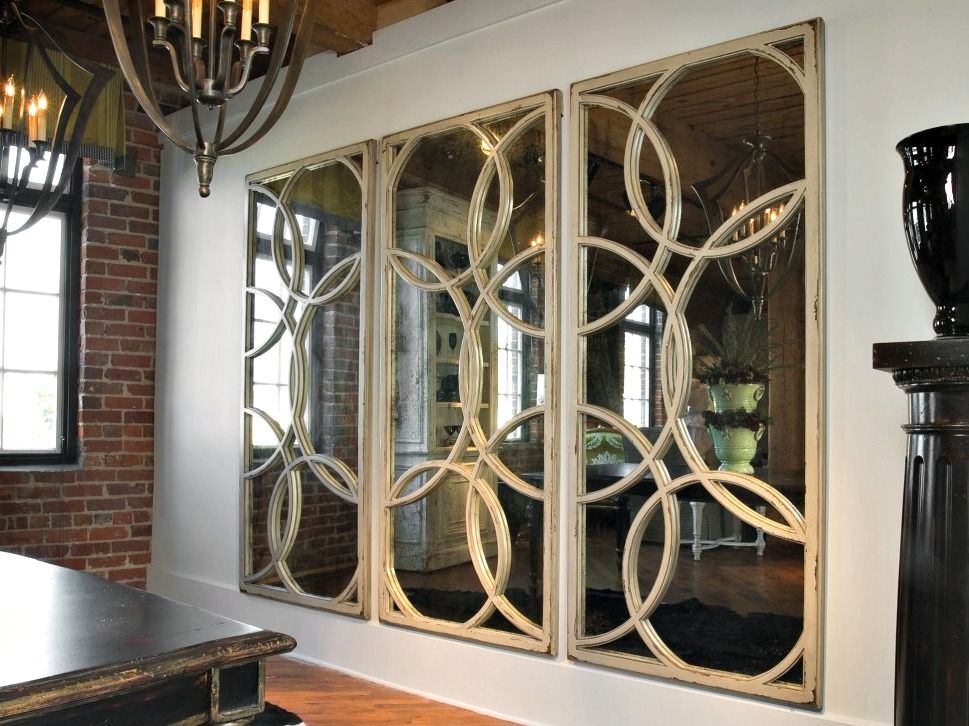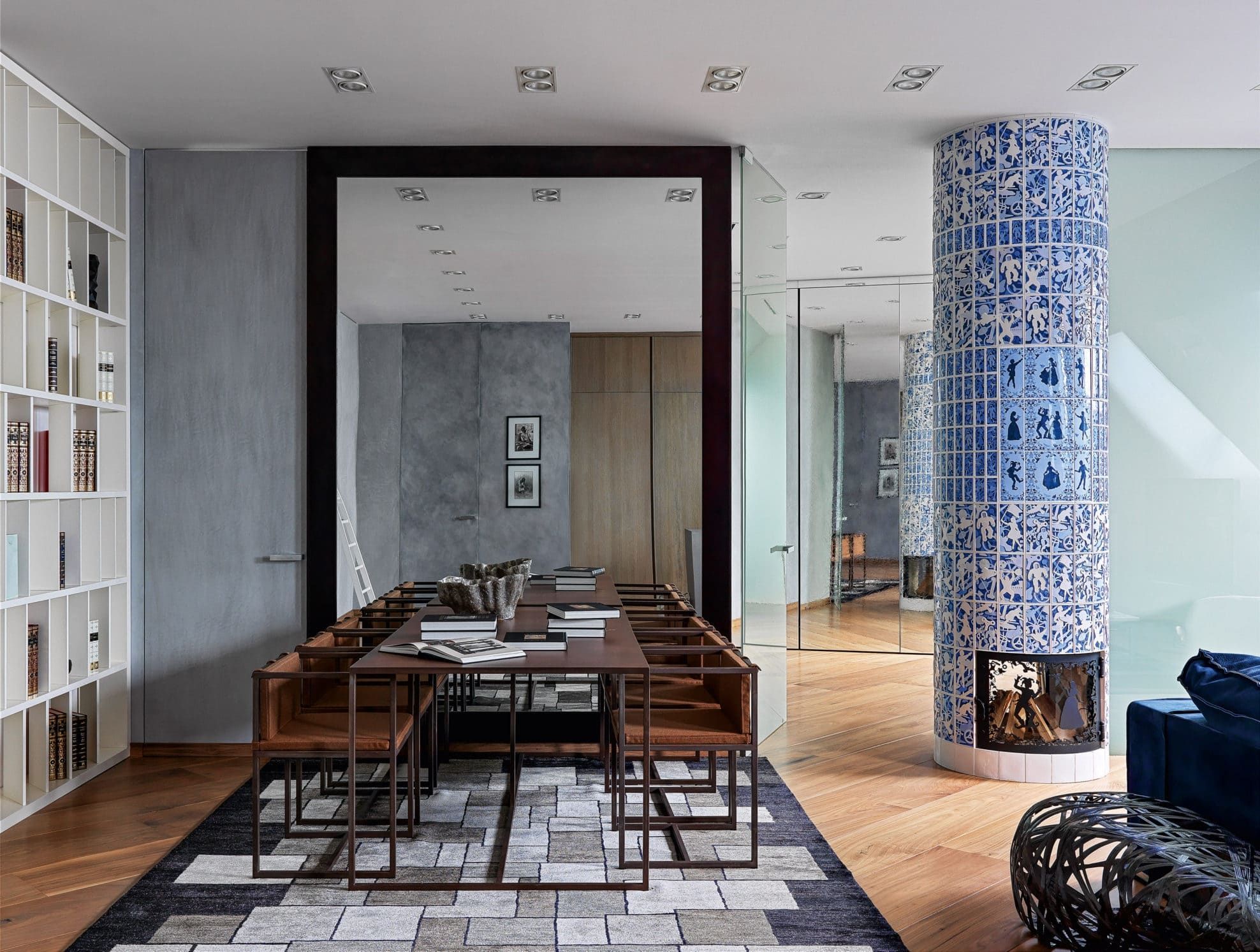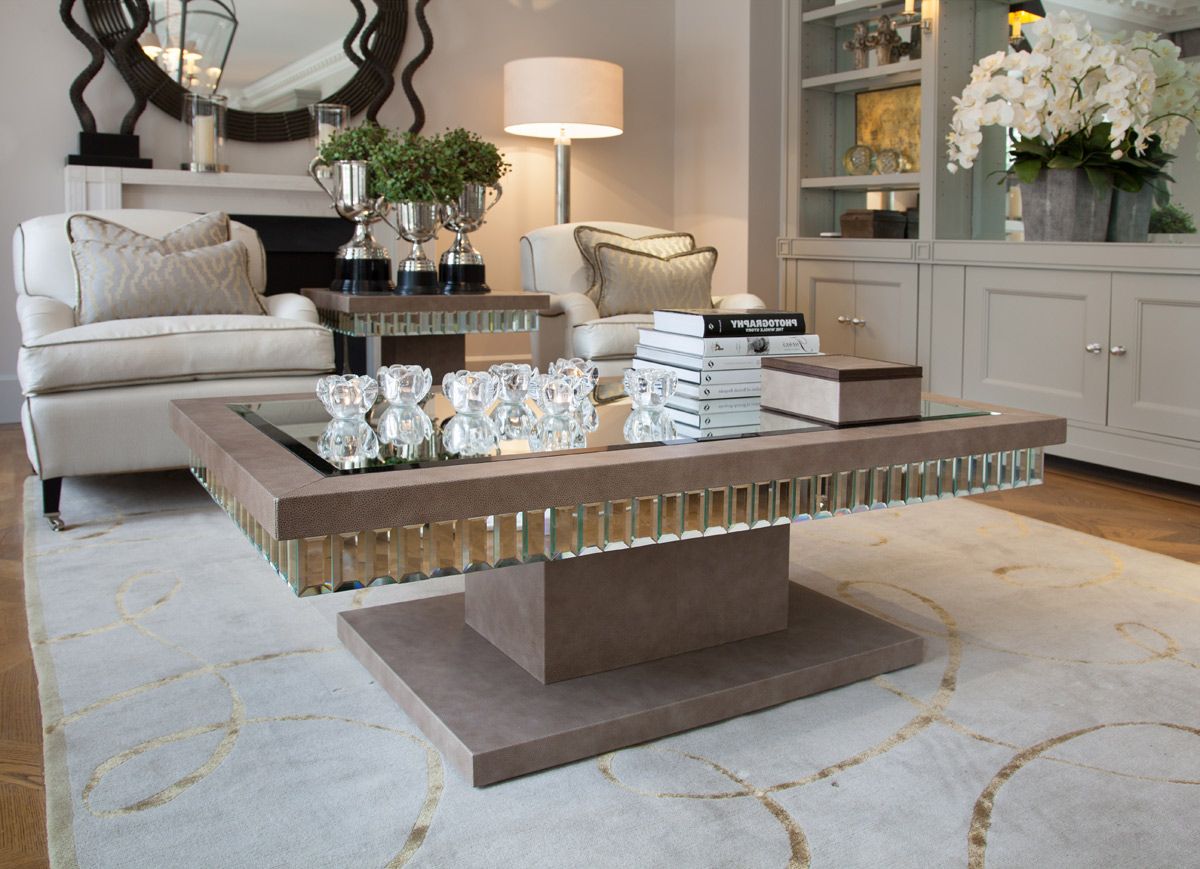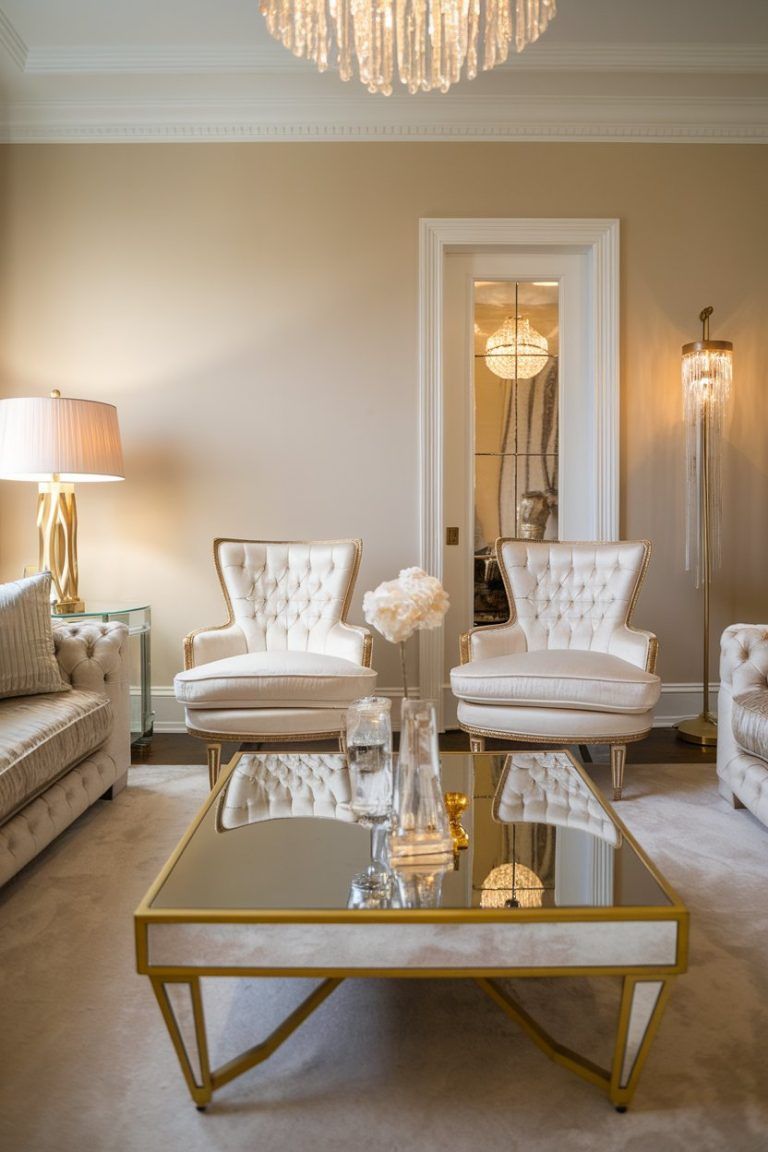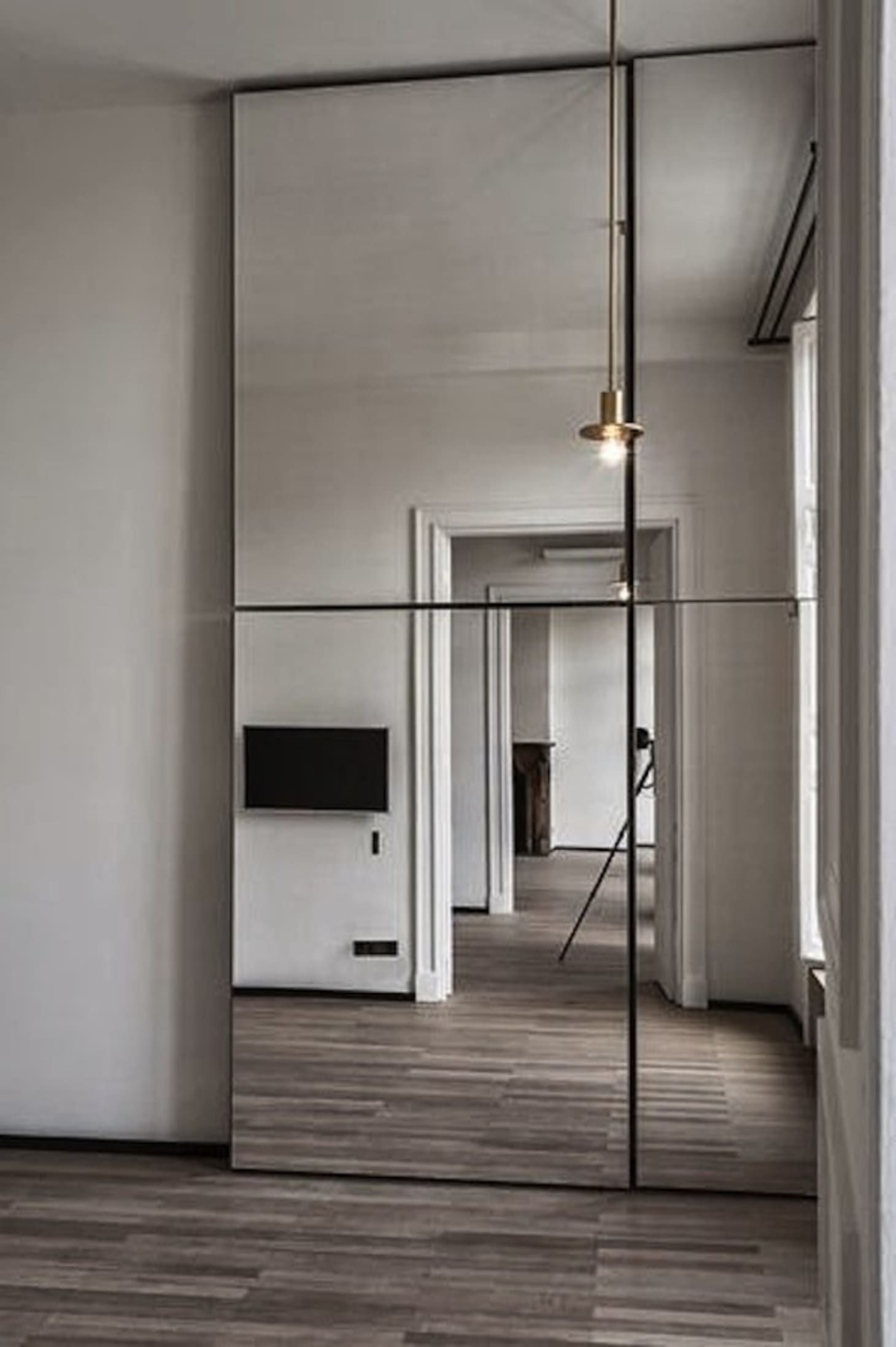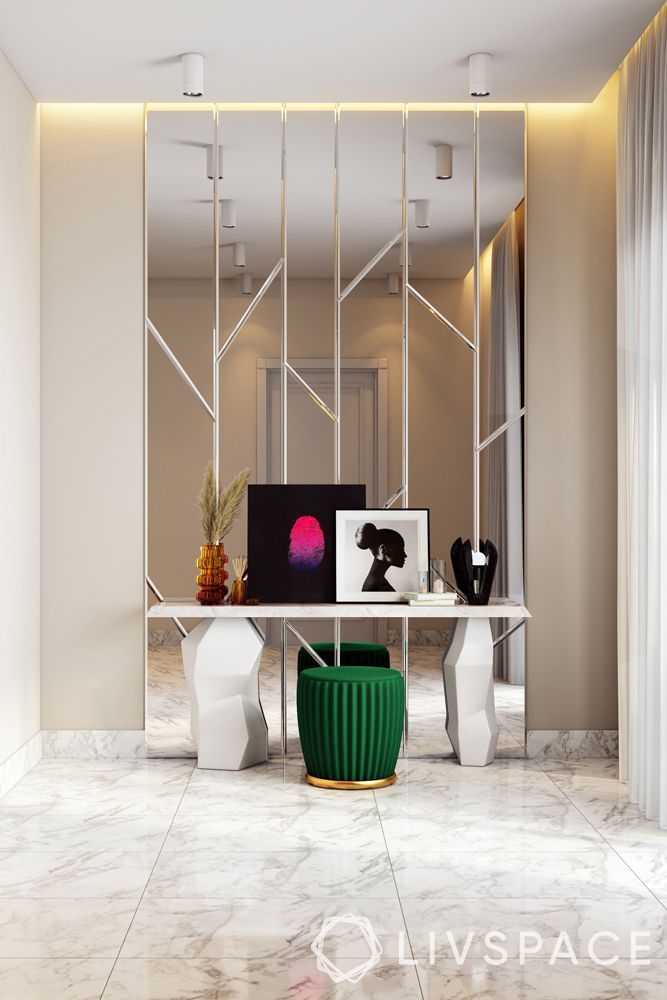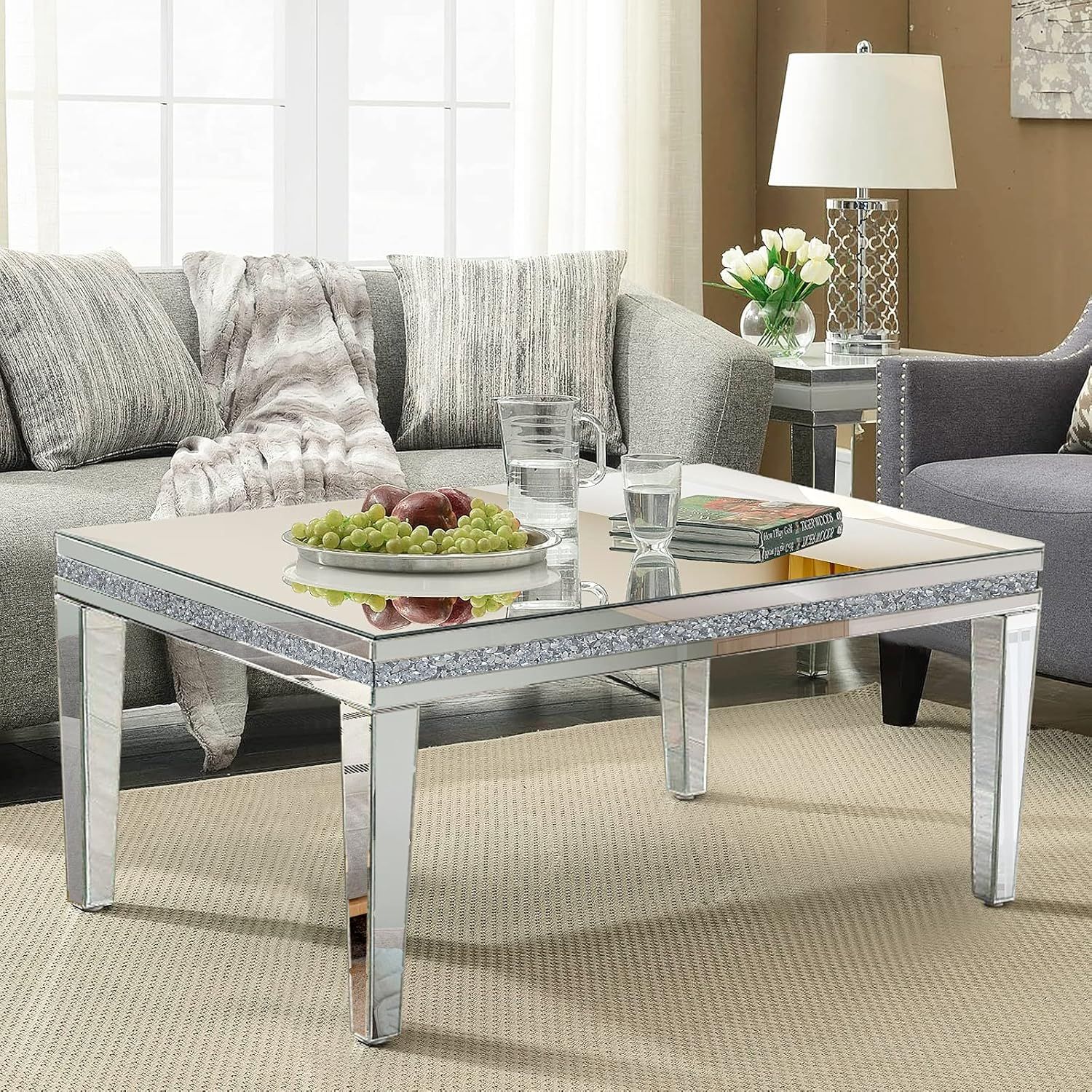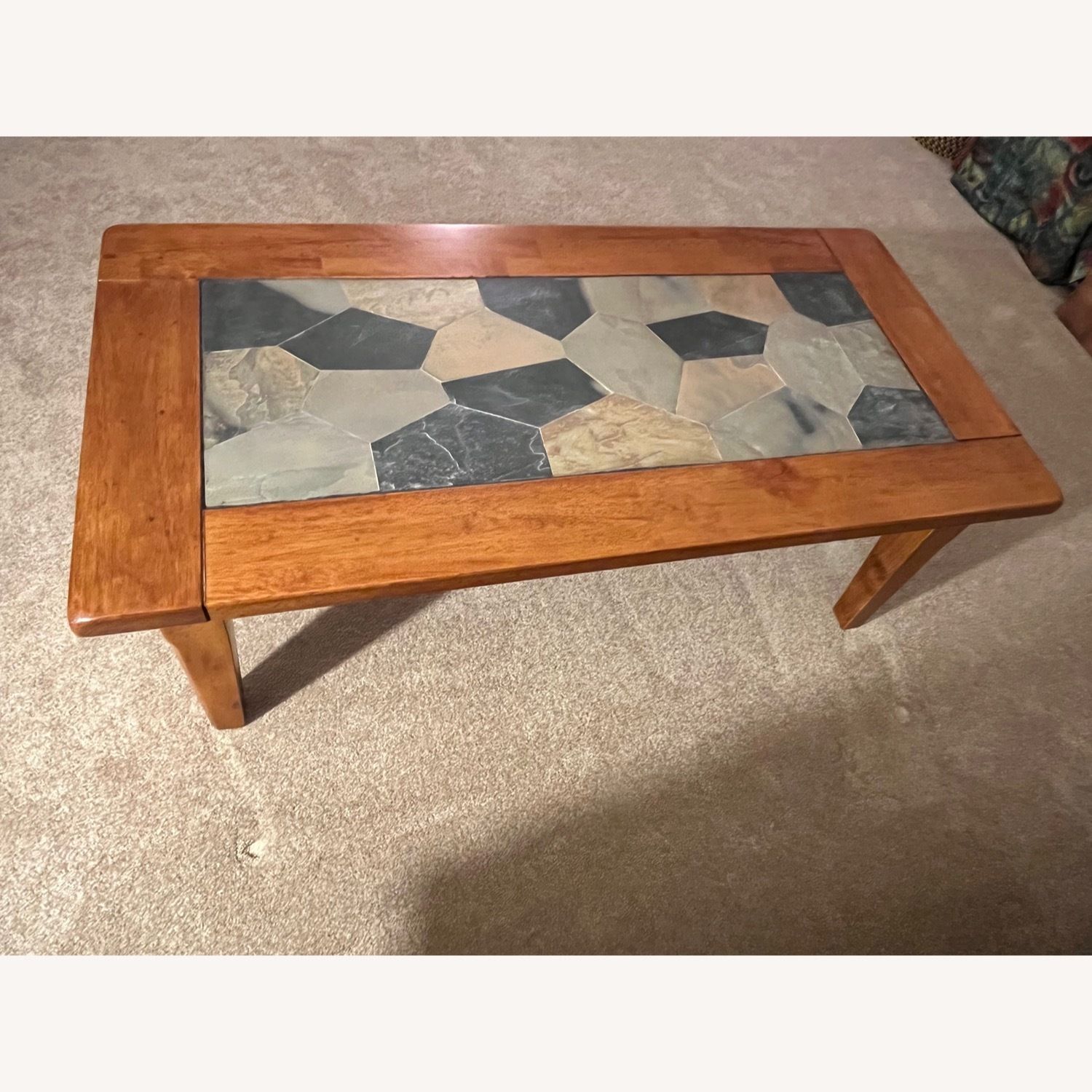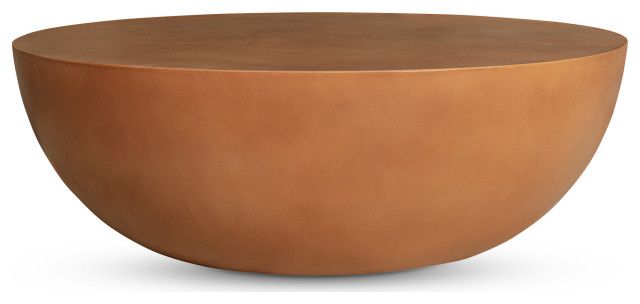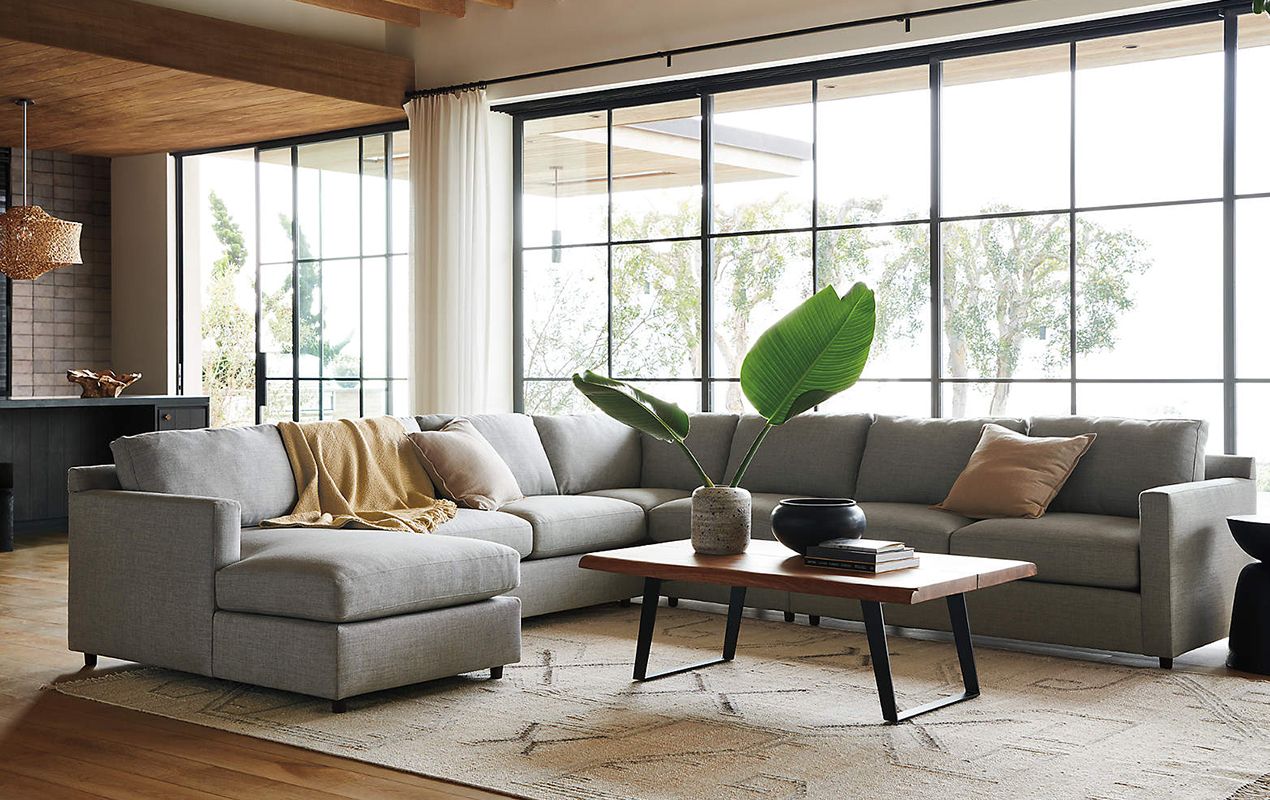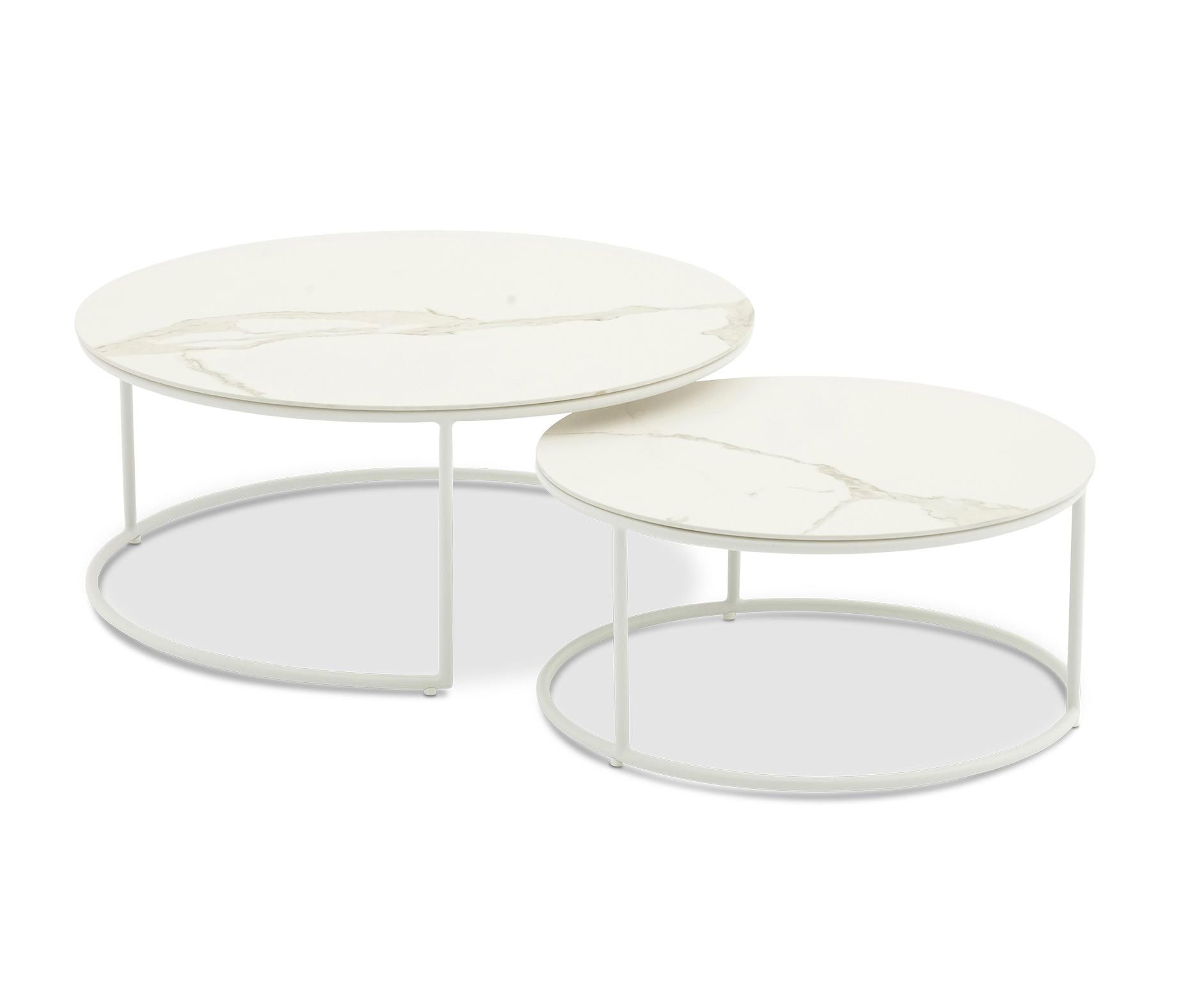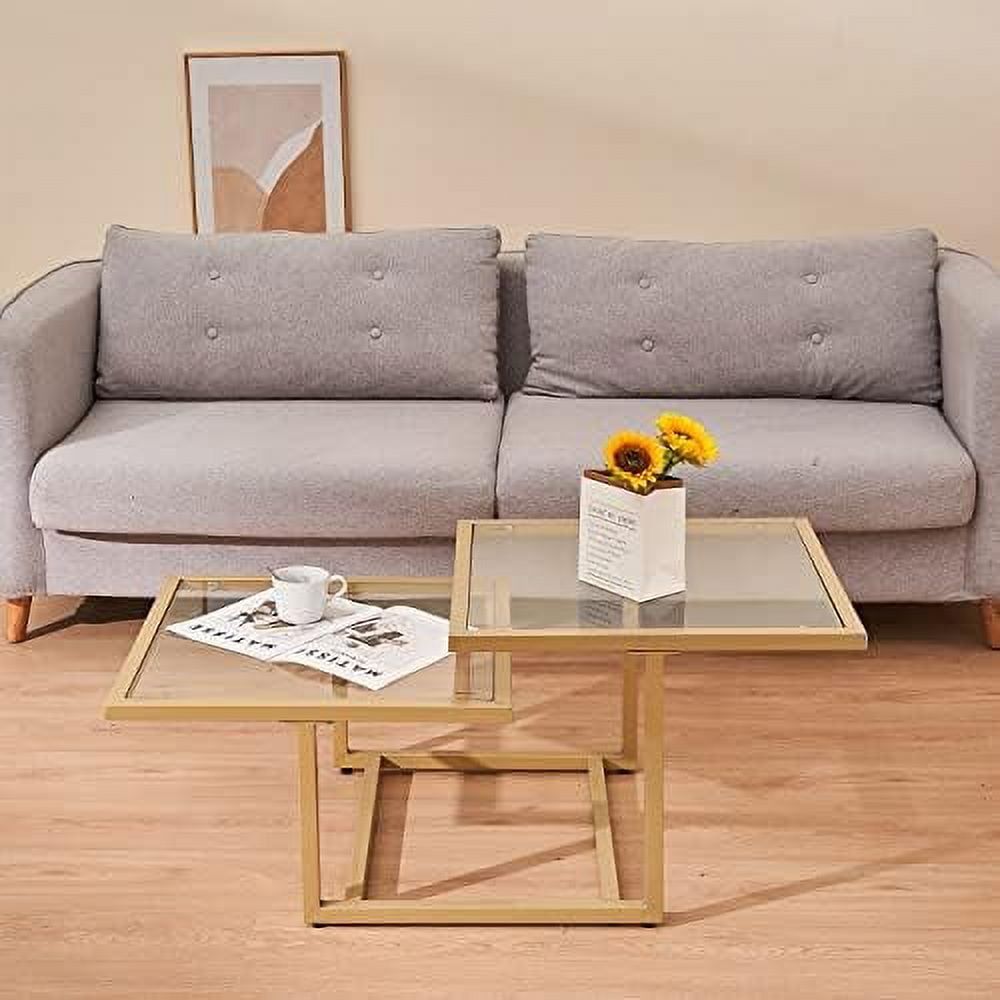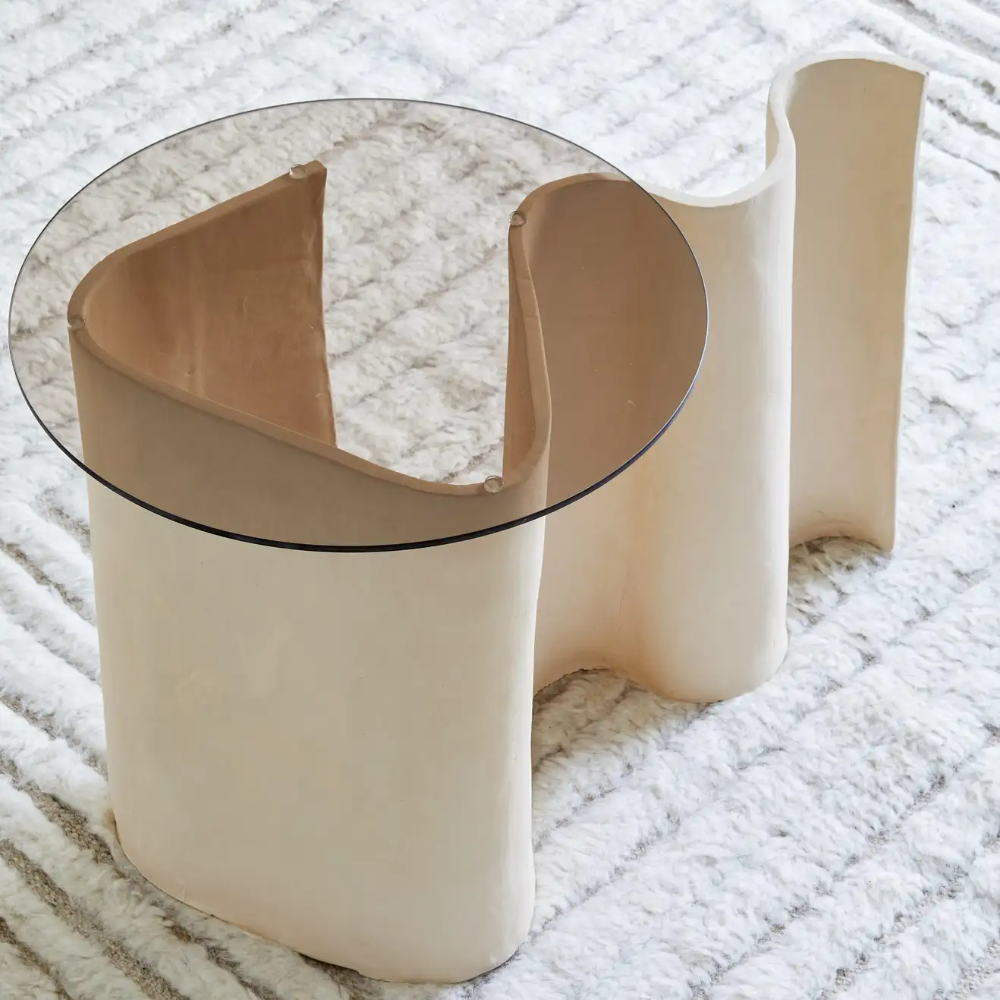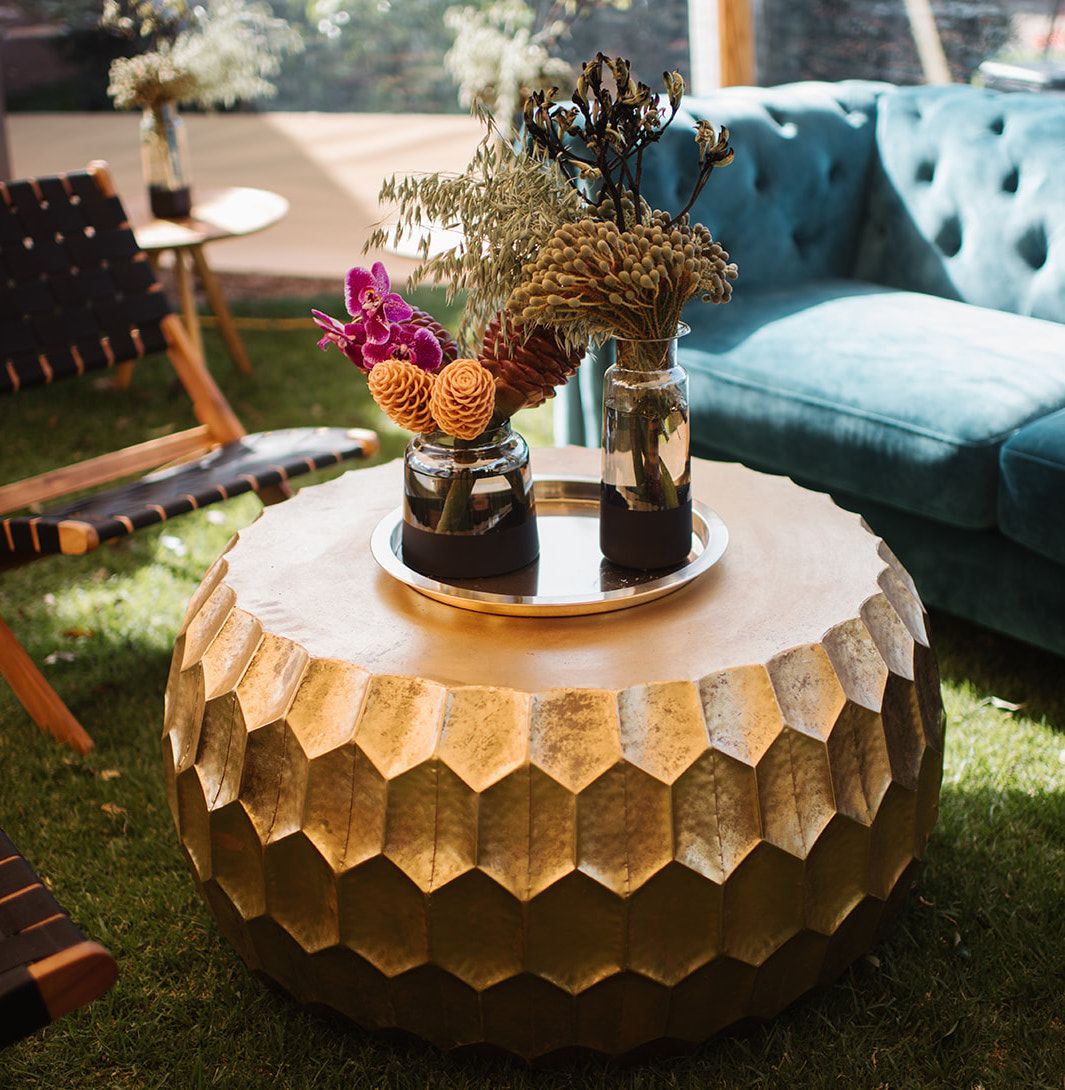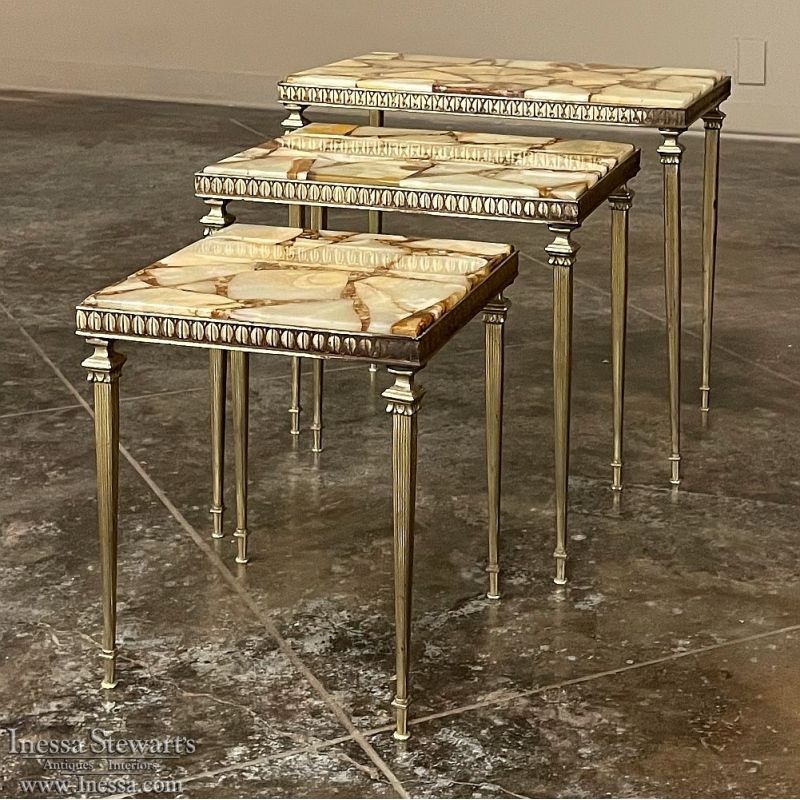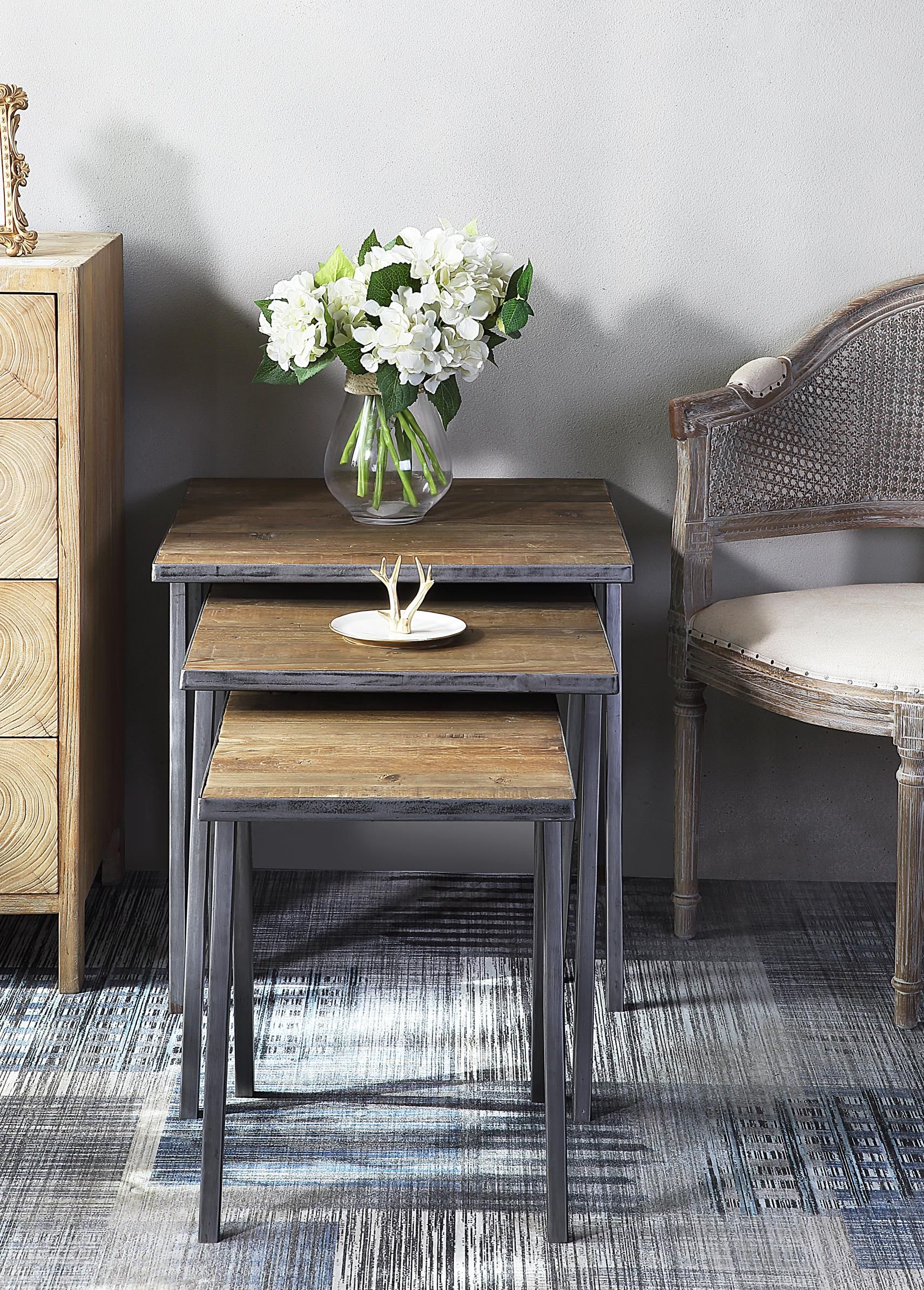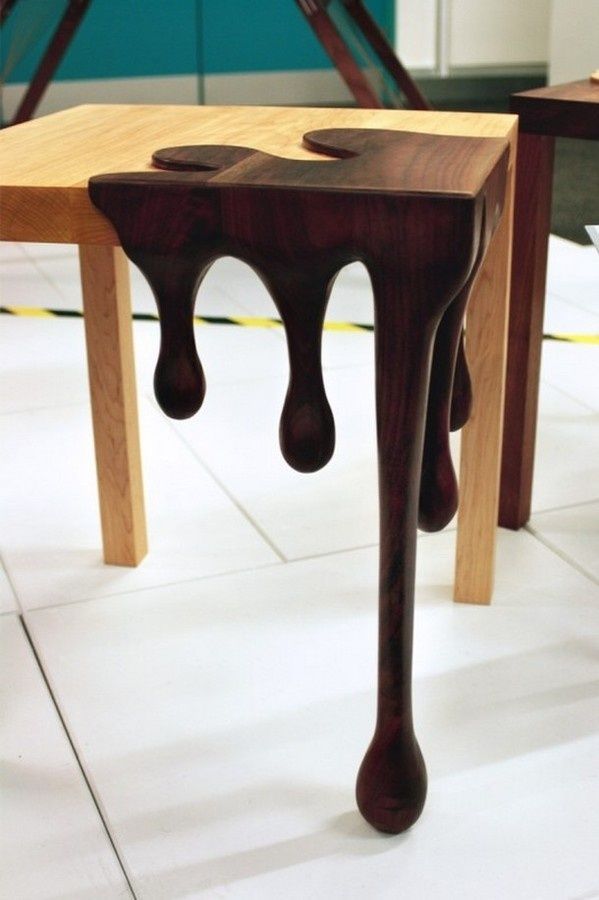As someone who’s spent years immersed in the fascinating world of interior design, particularly the nuances of reflective surfaces, I can tell you there’s a certain magic to mirrored tabletops. They’re not just pieces of furniture; they’re dynamic elements that interact with light, space, and the very atmosphere of a room. It’s a subtle brilliance, often overlooked, but once you understand how to harness it, your design game will never be the same. Let’s delve into this captivating realm, shall we.
When we talk about tabletops, most people immediately think of wood, glass, or perhaps stone. But mirrored tabletops, ah, they’re a different beast entirely. They’re like the quiet, elegant guests at a party who, despite their reserved demeanor, somehow manage to captivate everyone with their presence. They bounce light, create illusions of depth, and add a touch of glamour that’s both understated and utterly luxurious. It’s not about being flashy, it’s about being smart with your design choices and understanding how these surfaces can transform a space from good to absolutely breathtaking. This isn’t just about pretty things; it’s about making spaces feel bigger, brighter, and more alive.
The Illusion of Space: Making Small Rooms Feel Grand
One of the most powerful attributes of a mirrored tabletop is its ability to create an illusion of greater space. This is particularly useful in smaller apartments or compact rooms where every inch counts. Think about it: a reflective surface mirrors its surroundings, effectively extending the visual boundaries of the room. It’s like adding another window, but instead of showing the outside, it shows a clever replication of the inside. I’ve used this trick countless times in city apartments, placing a mirrored coffee table in a snug living area, and the effect is always immediate and dramatic. The room just breathes a little easier, feels less cramped, and more open. It’s a simple, yet highly effective, optical trick that architects and designers have admired for ages.
Amplifying Light: A Bright Idea for Dark Corners
Light, or the lack thereof, can make or break a room. Mirrored tabletops are phenomenal light amplifiers. They catch ambient light, whether natural from windows or artificial from lamps, and bounce it back into the room. This makes them invaluable in spaces that might otherwise feel dim or shadowed. Imagine a console table with a mirrored top in a dark hallway; suddenly, that once gloomy passage is infused with a soft, diffused glow. It’s not just about adding more light fixtures; it’s about strategically placing surfaces that maximize the existing light. This also helps to reduce the need for excessive artificial lighting, contributing to a more energy-efficient and pleasant atmosphere. It’s a truly brilliant way to brighten up a spot without adding another lamp or buying new bulbs.
A Touch of Glamour: Elevating Esthetics
Beyond their practical benefits, mirrored tabletops undeniably inject a dose of glamour and sophistication into any interior. They have a certain ‘je ne sais quoi’ – an inherent elegance that elevates the overall aesthetic. Whether it’s a sleek, modern mirrored dining table or a vintage art deco mirrored side table, they instantly become a focal point, drawing the eye and adding a luxurious feel. They pair beautifully with a variety of styles, from minimalist to maximalist, providing a chic contrast or a harmonious complement. This isn’t about being ostentatious; it’s about adding a refined touch that speaks volumes about attention to detail and a keen eye for design. They can be the jewel in the crown of a well-designed room, offering that final, perfect flourish.
Versatility in Design: Pairing with Any Style
One of the most appealing aspects of mirrored tabletops is their incredible versatility. They’re not confined to one particular design style. You might think ‘glam’ or ‘art deco’ immediately, and while they excel there, they can be seamlessly integrated into almost any aesthetic. In a minimalist setting, a simple mirrored surface can add a clean, reflective element without clutter. In a rustic or industrial space, it can provide a fascinating juxtaposition, softening the harder edges of wood or metal. For a bohemian vibe, imagine a mirrored tray on a wooden table, reflecting eclectic treasures. Their neutrality allows them to adapt, becoming either a statement piece or a subtle accent depending on the surrounding décor. It’s all about context and how you choos to integrate them into your overall vision.
Practical Considerations and Maintenance Tips
While mirrored tabletops are stunning, they do come with their own set of practical considerations. Fingerprints and dust are more visible on reflective surfaces, so regular cleaning is a must. A microfibre cloth and a good quality glass cleaner are your best friends here. Also, consider the placement carefully. If you have young children or pets, a floor-level mirrored coffee table might not be the most practical choice due to potential smudges or even scratches. However, a mirrored console table against a wall or a bedside table might be perfect. And remember, while they’re durable, mirrors can scratch, so use coasters and placemats. It’s about enjoying their beauty while being mindful of their upkeep. A little care goes a long way in preserving their brilliance and ensuring they remain a stunning feature in your home for years to come. Don’t let the maintenance deter you; the payoff is truly worth it.
Beyond the Table: Creative Applications
The concept of a mirrored surface isn’t confined to just tabletops. Once you grasp the principles of light reflection and spatial illusion, you’ll start seeing opportunities everywhere. Think about mirrored trays used as decorative bases for vignettes, reflecting the beauty of your curated objects. Mirrored wall panels can extend the effect of a tabletop, creating a cohesive, immersive reflective experience. Even small mirrored accessories, like a mirrored box or a vase, can contribute to the overall luminosity of a room. It’s about thinking beyond the obvious and embracing the potential of reflection in all its forms. The subtle brilliance isn’t just in the tabletop itself, but in how it inspires you to see and design your entire living environment. It’s a journey of discovery, really, and one that consistently yields beautiful results.
In conclusion, mirrored tabletops are far more than just pretty surfaces. They are strategic design tools that can dramatically enhance the functionality and aesthetics of any space. From making small rooms feel expansive to amplifying light and adding a touch of undeniable glamour, their benefits are manifold. As someone deeply passionate about the art and science of interior design, I encourage you to explore the subtle brilliance of mirrored tabletops. Don’t be afraid to experiment, to play with light and reflection, and to let these captivating pieces reflect your personal style and elevate your home. It’s a design choice that speaks volumes, creating spaces that are not only beautiful but also intelligent and deeply inviting. Happy designing.
